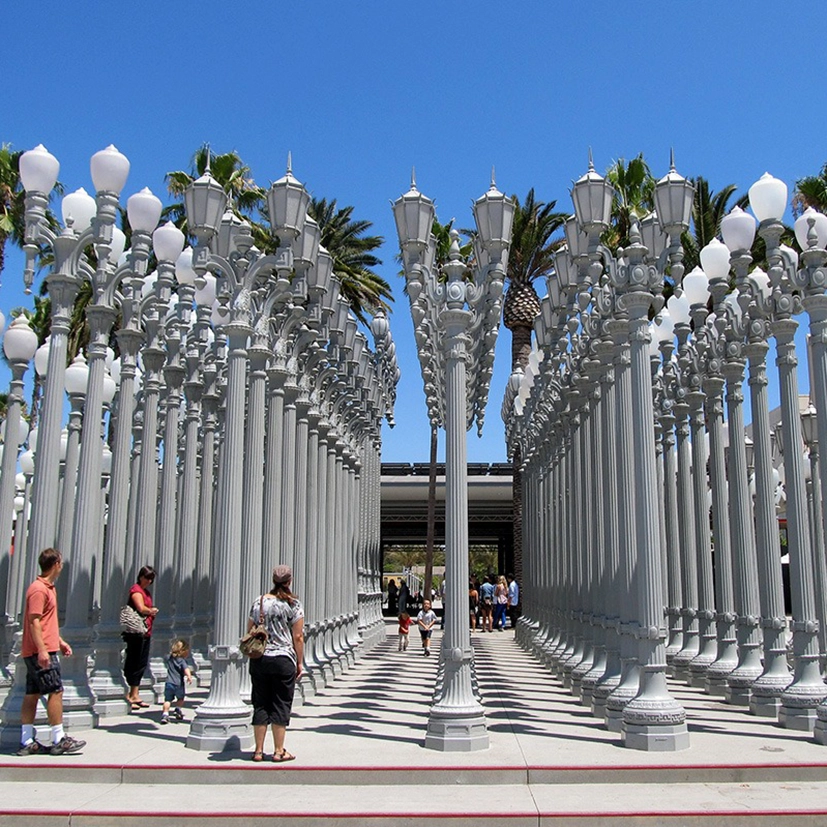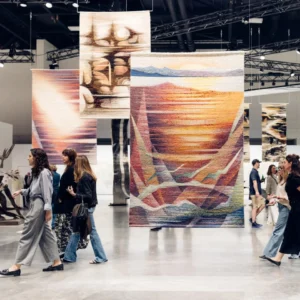A significant controversy has arisen in the art world after Korean art experts raised concerns that the Los Angeles County Museum of Art (LACMA) may be showcasing several fake artworks in an exhibition. The allegations call into question the authenticity of works attributed to prominent Korean painters Park Soo-keun and Lee Jung-seob.
Korean Treasures from the Chester and Cameron Chang Collection exhibited 35 artworks and antiques from the private collection of Korean collectors Drs. Chester Chang and Cameron Chang.
Showcasing traditional paintings, calligraphic screens, mid-20th century oil paintings from North and South Korea, and ceramics from the Goryeo and Joseon dynasties, the exhibition, which just finished its four-month run, faced doubts about the legitimacy of many art pieces. LACMA held a formal evaluation session at the museum last week, inviting four eminent Korean art specialists to examine the contentious items.
The panel’s specialists included Kim Sun-hee, who was the former director of the Busan Museum of Art, Hong Sun-pyo, a retired professor from Ewha University, Lee Dong-kook, the director of the Gyeonggi Province Museum, and curator Tae Hyun-seon of the Leeum Museum of Art.
After a thorough investigation, the experts specifically declared Lee Jung-seob’s “A Bull and a Child” and “Crawling Children,” as well as Park Soo-keun’s “Waikiki” and “Three Women and Child,” to be fake.
LACMA is strongly criticized in response to this disclosure, focusing in particular on the museum’s treatment of Korean art and its research procedures. Director of LACMA Michael Govan said in a statement that authenticity issues had led to the cancellation of the exhibition’s catalog publishing.
Govan agreed that further research was necessary and that the historical relevance of the artworks needed to be contextualized, but he nevertheless expressed confidence in the scientific results of their study. He underlined that when new information and discoveries become available, LACMA’s permanent collection is continuously examined and revised.
The debate has brought up more general concerns about the obligations of museums when showcasing items of cultural significance to the general public, as well as the need for due diligence in art authentication. It has also sparked conversations about the difficulties of confirming authenticity in a more international art market.
The circumstances have highlighted how crucial rigorous study and openness are to museum operations, especially when showcasing important pieces with substantial cultural and historical significance.





